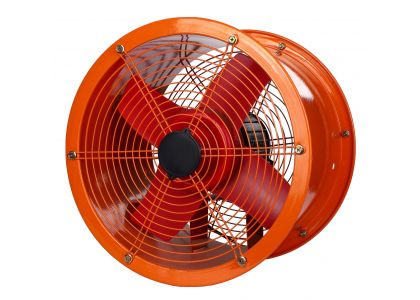
The vigorous development of urban construction, the high airtightness of modern buildings, and the application of a large number of decorative materials have led to increasingly serious indoor air pollution. Due to the weakening of the ventilation capacity of the building itself, the odors such as dust on furniture and carpets, dander, carbon dioxide, formaldehyde, smoke from smoking, etc. cannot be discharged outside normally, causing great harm to human health, and many people even have headaches, Dry cough, dry itchy skin, dizziness, nausea, and difficulty concentrating in the "sick building syndrome." Especially in the past few years, the SARS virus and the outbreak of bird flu around the world have made people realize the importance of installing indoor ventilation equipment such as fresh air systems.
In recent years, more and more people have installed central fresh air systems, whether in the public domain or in the residential family area. Some real estate developers even configure the entire building with a central fresh air system as one of the selling points of the project.
According to experts, the central fresh air system filters and purifies the outdoor fresh air through the main engine, and sends it to the places where fresh air is most needed, such as the bedroom and living room. Recovering energy in polluted air not only provides high-quality indoor air, but also saves energy. It is a green, healthy and energy-saving product. The central fresh air system has many benefits. It organizes the airflow scientifically and ventilates the room quantitatively at a fixed point. It can not only solve the above-mentioned "sick building syndrome", but also bring the following benefits and functions:
1. Provide fresh air. 365 days a year, 24 hours a day, it continuously provides fresh air for the indoors. You can enjoy the fresh air of nature without opening the windows, and meet the health needs of the human body.
2. Repel harmful gases. It can effectively remove all kinds of unhealthy or harmful gases such as oil fume odor, CO2, cigarette smell, bacteria, viruses, etc., which can prevent children, lovers, and the elderly from being deeply harmed by second-hand smoke.
3. Anti-mildew and deodorant. Exhaust the indoor humid and dirty air, eradicate odor, prevent mold and bacteria from breeding, and help prolong the service life of buildings and furniture.
4. Reduce noise pollution. No need to endure the disturbance caused by opening windows, making the room quieter and more comfortable.
5. Dustproof. Avoid opening windows to bring a lot of dust, effectively filter outdoor air, and ensure that the air entering the room is clean.
6. Reduce energy consumption. Continuous operation throughout the year, the power consumption may not be as good as your refrigerator, and it can recover the energy discharged from the outdoor air, minimize the loss of indoor cooling and heat sources in summer or winter, and reduce the energy consumption of air conditioners.
7. Safe and convenient. Avoid property and personal safety hazards caused by opening windows. Even if there is no one at home, it can automatically ventilate with fresh air.
It is not difficult to see from the above introduction that the central fresh air system is an effective method to improve indoor air quality and achieve indoor ventilation. It can not only reduce energy consumption, protect health, and prevent dust and noise, but also improve the comfort of life. In developed countries abroad, the central fresh air system has become a necessary supporting facility for houses; in China, the central fresh air system is also quietly popular.